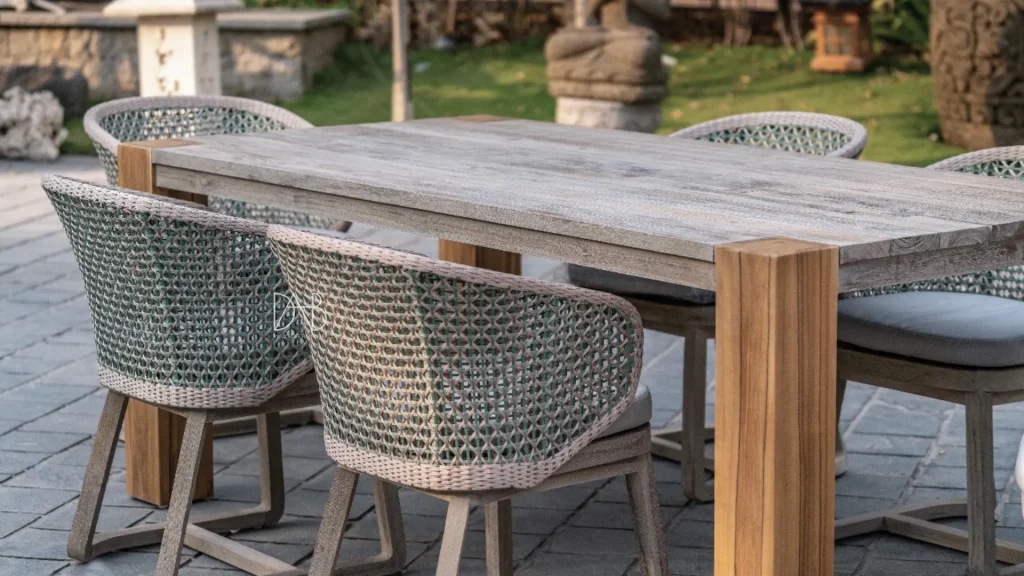11 Proven Strategies for Moving Furniture Damage-Free
Moving furniture can be a daunting task, whether you’re shifting pieces within your home or transporting them to a new location. Heavy furniture, tight spaces, and potential for injury are all reasons to approach this task carefully. Thankfully, by following a few simple tips, you can ensure that your furniture is moved safely and with minimal stress.
In this article, we’ll cover the best ways to move furniture without damaging your belongings or hurting yourself. These moving furniture tips will help make the process easier, quicker, and safer.

Plan Ahead
Planning is essential prior to moving furniture. Measure your furniture and doorways to ensure that each piece will fit through easily. Create a mental or physical map of the path you’ll take, so you know what obstacles might be in the way. This will help you avoid having to reposition furniture in tight spaces.
Also, plan for the transportation vehicle you’ll use and gather the right tools like dollies, blankets, and sliders to make the move smoother.
Use Proper Lifting Techniques
One of the most important tips for moving furniture safely is to lift with your legs, not your back. When lifting heavy items, bend your knees, keep your back straight, and use the strength of your legs to lift the furniture. Avoid twisting your body while carrying items, as this can lead to injuries.
When possible, get help from others to share the load. Teamwork not only makes the move easier but also reduces the risk of strain or injury.
Disassemble Furniture When Possible
The best way to move furniture safely is to make it lighter and easier to handle. If your furniture can be disassembled, take the time to remove legs, drawers, or cushions. This reduces the size and weight of the furniture, making it easier to navigate tight corners or staircases.
Keep all screws and small parts in labeled bags to avoid losing anything, and make sure to protect any fragile parts during the move.
Use Furniture Sliders
Furniture sliders are a great tool for moving heavy pieces across floors without damaging them. By placing sliders under the legs or edges of furniture, you can easily push items across the room with minimal effort. This reduces the risk of scratches on your floors or carpets and prevents heavy lifting.
Sliders work particularly well for larger items like couches, tables, and cabinets. They are available for both hardwood floors and carpets.
Protect Furniture with Moving Blankets
When moving furniture, wrap it in moving blankets to prevent scratches, dents, or other potential damage.These thick, padded blankets will protect delicate surfaces like wood, glass, and fabric from bumps and scrapes during transport.
Securing blankets with stretch wrap or packing tape can provide extra protection, especially for fragile or antique pieces. This is a simple but effective way to keep your furniture safe during a move.
For more tips on protecting outdoor furniture, check out How to Take Care of Outdoor Furniture.
Use Dollies and Hand Trucks
For larger or heavier pieces of furniture, using a dolly or hand truck is essential. Dollies are wheeled platforms that allow you to move furniture without having to lift it. Hand trucks, on the other hand, are perfect for moving stacked items like boxes, small furniture, or appliances.
By using these tools, you reduce the strain on your body and make the moving process more efficient. Be sure to secure the furniture to the dolly or hand truck with straps to prevent it from slipping during transport.

Empty Drawers and Cabinets
Moving furniture with items still inside can add unnecessary weight and make the piece harder to handle. Empty drawers, cabinets, and other storage spaces before attempting to move them. This also prevents items from shifting inside and causing damage to the furniture.
For items that cannot be removed, such as non-removable drawers, secure them with tape or stretch wrap to prevent them from opening during the move.
Use Ropes and Straps for Extra Support
When moving bulky or awkward furniture, using ropes or moving straps can help provide extra control and stability. Straps distribute the weight evenly and make it easier to lift or lower heavy items with the help of another person.
Ropes can also be useful for securing furniture in a moving truck to prevent items from shifting during transit.
For more about different types of ropes and their uses for furniture, check out types of ropes for furniture.
Take Care on Stairs
Moving furniture up or down stairs is one of the most challenging parts of any move. Be sure to have at least two people to guide the furniture—one at the top and one at the bottom. Use furniture straps or a dolly to help balance the load and ensure the person at the bottom is lifting with their legs, not their back.
Take your time and ensure that you’re communicating with your helper to avoid accidents or injuries. Rushing on stairs is one of the most common causes of moving-related injuries.
Protect Your Floors and Walls
When moving furniture that heavy, it’s easy to accidentally bump into walls or drag items across the floor, leaving scratches or marks. Protect your floors by placing cardboard or rugs along the path you plan to take. For walls and door frames, you can use protective foam or moving blankets to prevent accidental damage. Taking a few extra steps to protect your space can save you the hassle and cost of repairs later.
Hire Professional Movers for Large Items
For especially heavy or valuable pieces, such as pianos, large sofas, or antique furniture, it’s often best to hire professional movers. They have the experience and tools to move large items safely and securely. Professional movers also know how to navigate tight spaces, stairs, and doorways with minimal risk to the furniture or your home. Hiring a professional will be the safest option to moving furniture.
While this may come at an additional cost, hiring movers can provide peace of mind, especially for complicated moves.
Conclusion
Moving furniture can be a difficult task, but following these moving furniture tips will help you complete the job safely and efficiently. From using sliders and dollies to protecting your furniture with blankets, the right tools and techniques can make a big difference. Always remember to plan ahead, use proper lifting techniques, and disassemble furniture when possible to make the process easier.
If you’re looking to furnish your space after a move, DAB Furniture offers stylish, comfortable, and durable rope chairs that are perfect for any outdoor or indoor space. Their chairs are designed with weather-resistant rope for longevity, and they provide unmatched comfort. Check out DAB’s Rope Furniture for high-quality pieces that will enhance your new home or garden.



